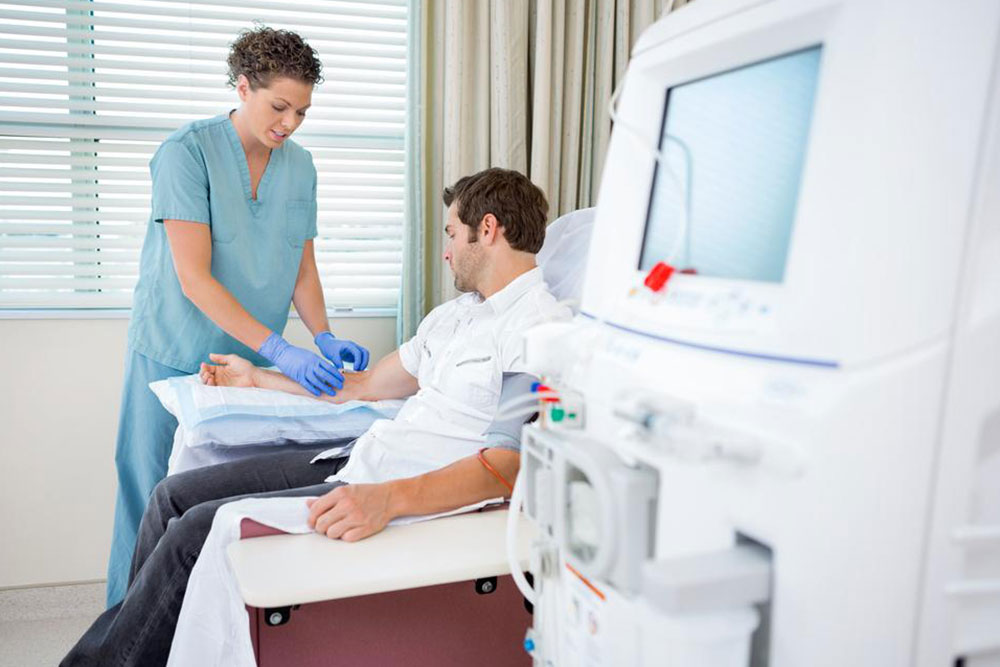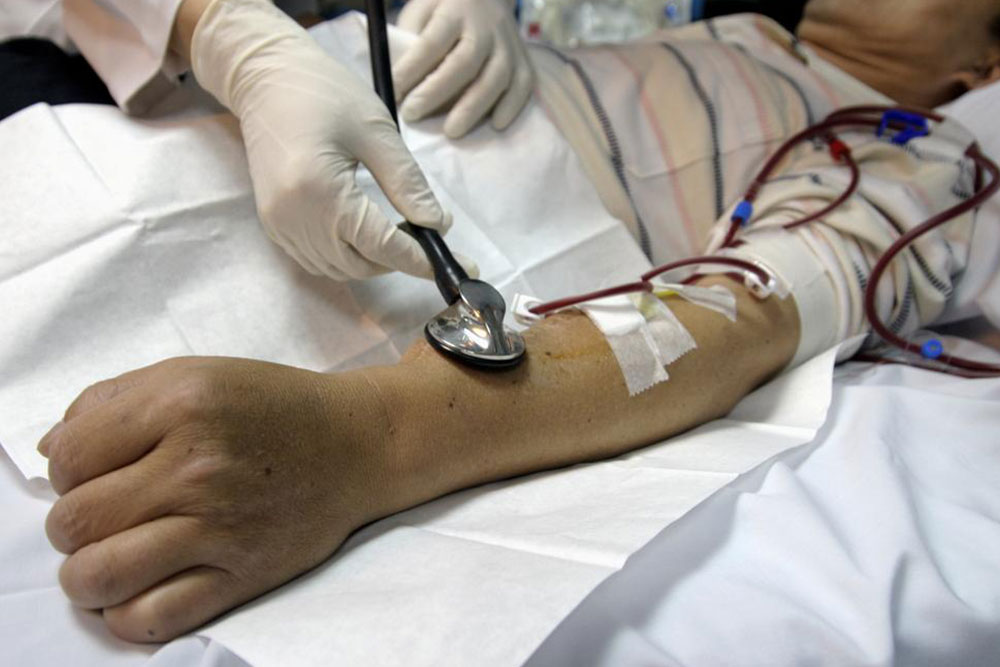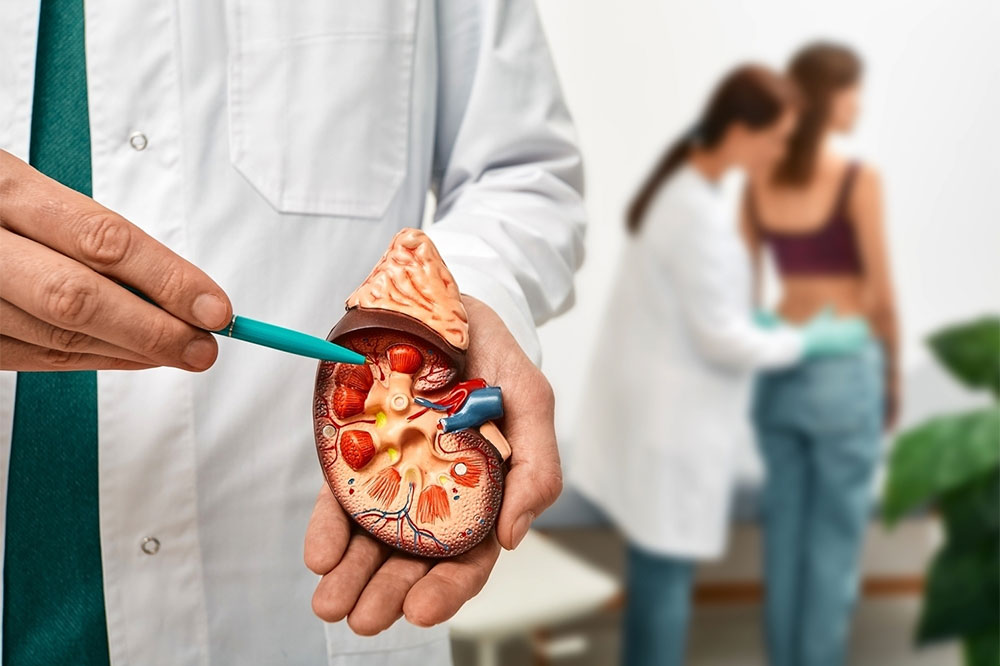Understanding Kidney Dialysis: Types and Procedures Explored
This comprehensive guide explains the two main types of kidney dialysis—hemodialysis and peritoneal dialysis—detailing their procedures, access methods, and suitability. It highlights the importance of dialysis in managing kidney failure, helping patients live longer and healthier lives until a transplant is possible. Understanding these options enables informed decisions for those with chronic kidney conditions, emphasizing personalized healthcare guidance and ongoing treatment options.

Understanding Kidney Dialysis: Types and Procedures Explored
The human kidneys are vital organs responsible for filtering waste, balancing fluids, and supporting overall health. Situated on either side of the spine in the upper abdomen, the right kidney is slightly lower due to the liver's position. If kidney function diminishes, waste and fluid regulation are compromised, risking health. Dialysis becomes essential when both kidneys fail, performing the crucial task of blood cleaning through artificial means.
Kidney dialysis encompasses two main types: hemodialysis, which involves external machines filtering blood, and peritoneal dialysis, which occurs inside the body via the abdominal lining. These therapies help maintain health and extend life for those with kidney failure.
Waste and Toxin Removal: Dialysis filters urea, excess salts, and toxins from the blood, ensuring the body's waste management functions continue smoothly.
Fluid Balance Regulation: The kidneys respond to shifts in body fluids, adjusting urine output to maintain optimal hydration levels.
Red Blood Cell Production: They produce erythropoietin, a hormone that signals bone marrow to generate red blood cells when oxygen levels are low.
What Happens When Kidneys Fail? Complete kidney failure impairs waste removal and fluid regulation, necessitating dialysis to substitute these functions.
Types of Dialysis Two primary methods exist: hemodialysis, which uses an external machine, and peritoneal dialysis, which uses the body's own lining to filter blood inside the abdomen.
Hemodialysis Overview A hemodialyzer filters wastes from blood via access points such as fistulas, grafts, or catheters. Fistulas and grafts are surgically created to provide durable access, while catheters are temporary solutions for urgent needs.
Typically performed in medical centers, hemodialysis involves inserting needles into access points, connecting to the machine, and filtering out toxins before returning the blood. Some patients may perform hemodialysis at home with proper training.
Peritoneal Dialysis Explained This method involves placing a catheter into the abdomen, filling it with dialysate to absorb waste, and then draining the fluid. Several sessions are performed daily using manual exchange (CAPD) or automated machines (APD) that work overnight, offering flexibility and independence.
Choosing the Right Method Your healthcare provider will recommend the best option based on your condition, ability to care for yourself, and lifestyle. Regular dialysis can sustain life while waiting for a kidney transplant, sometimes extending life by many years.









